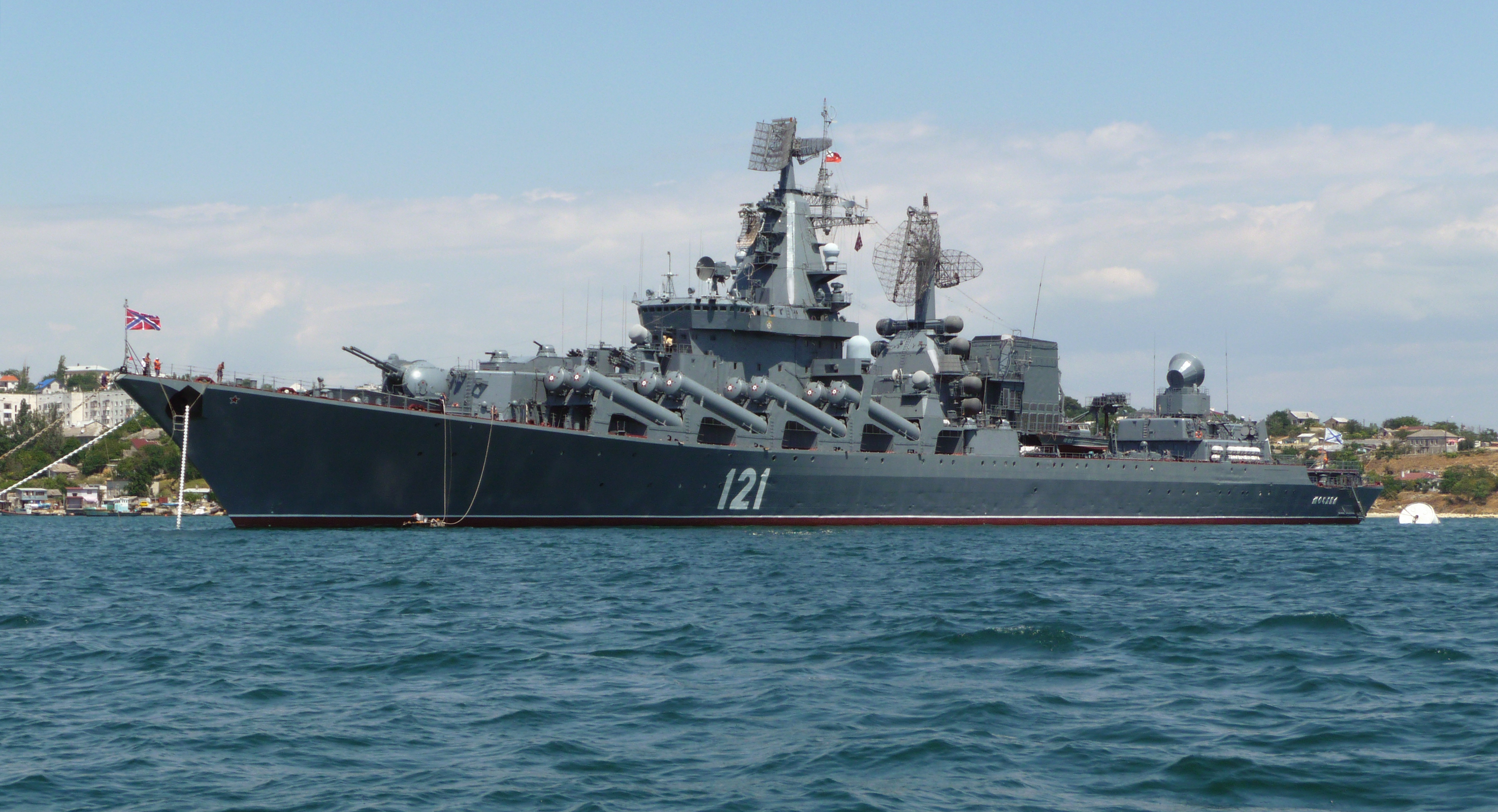As of June 6, 2016, 72 years have passed since D-Day, when nearly 150,000 Allied troops stormed the beaches of Normandy against fierce opposition from more than 50,000 Nazi soldiers occupying reinforced positions. In the ensuing fighting, the two sides are estimated to have suffered approximately 19,000 casualties. It was one of the bloodiest invasions in history. Canada was famously responsible for seizing one of the five beaches on D-Day – Juno Beach – and deployed 14,000 soldiers from the 3rd Canadian Infantry Division to do so.
The struggle to take Juno Beach is rightfully remembered as a defining moment in Canada’s wartime history, as are such events as the 5th Canadian Infantry Brigade’s push in the Battle of Walcheren Causeway later in 1944. But often missing from such reflections on the Second World War is the significant role Canadian soldiers played in the Italian Campaign, which involved more than 93,000 Canadians and began with an invasion of Sicily nearly a year before D-Day was launched. In the early aftermath of the war, folk songs like “the Ballad of the D-Day Dodgers” may have created the mistaken impression that the Italian Campaign was a relatively easy affair, even if it was originally intended to be bitingly sarcastic, especially with lyrics like “we landed at Pachino, a holiday with pay” and “we did not do a thing from dusk to dawn”. This was later compounded by some historians misrepresenting Italy as “Germany’s soft southern flank”.
But the Italian Campaign was far from ‘a holiday with pay’. For more than a week in December 1943, elements of the Canadian 1st Infantry Division bitterly clashed with the elite German 1st Parachute Division over the town of Ortona, a normally peaceful Adriatic coast community of 10,000. In what came later to be known as “the Italian Stalingrad”, the Canadians suffered almost 2,400 casualties, the Nazi forces suffered 900 casualties, and an estimated 1,300 civilians were killed. The brutality of the Battle of Ortona stemmed in part from the built-up area, prompting close quarters fighting, and from the strategic importance of the town to the Axis’ defence of Rome. In fact, some historians report that the German 1st Parachute Division had been ordered to “fight for every last house and tree”.
In total, Canada suffered more than 26,000 casualties in Italy, approximately 6,000 of which were fatal. Furthermore, Canada was not a latecomer to the Italian Campaign. Rather, Canadian Prime Minister William Lyon Mackenzie King insisted that Canadians be included in the initial invasion of Sicily, which proved to be the largest amphibious operation of the war and vastly exceeded D-Day in size with 160,000 Allied troops assaulting beaches defended by 250,000 Italian soldiers and approximately 50,000 Germans. Elements of the Canadian 1st Infantry Division established a beachhead at the Sicilian beach of Cassibile together with British allies at the very outset of the Italian Campaign.
There were still more terribly costly clashes in the Italian Campaign which saw a much smaller role for Canada. For example, the Battle of Monte Cassino raged for 123 days in early 1944, eventually allowing the Allies to breach a series of German fortifications known as the Winter Line at great cost to both sides and to civilians fleeing the fighting.
But the number of crosses denoting Canadian graves in the Ortona cemetery, 1,375, is a testament to the sacrifice made by Canada to secure Italy’s liberation from fascism and the historical truth about Canada’s so-called D-Day Dodgers. Namely, there was not much ‘vino’ on hand for the soldiers who braved the beaches of Cassibile, who faced down death in the ruins of Ortona, and who struck an important blow against the empire of Adolf Hitler and Benito Mussolini.
Photo: Canadian Cemetery at Ortona (2006), by Ra Boe via Wikimedia Commons. Licensed under CC BY-SA 2.5.
Disclaimer: Any views or opinions expressed in articles are solely those of the authors and do not necessarily represent the views of the NATO Association of Canada.




